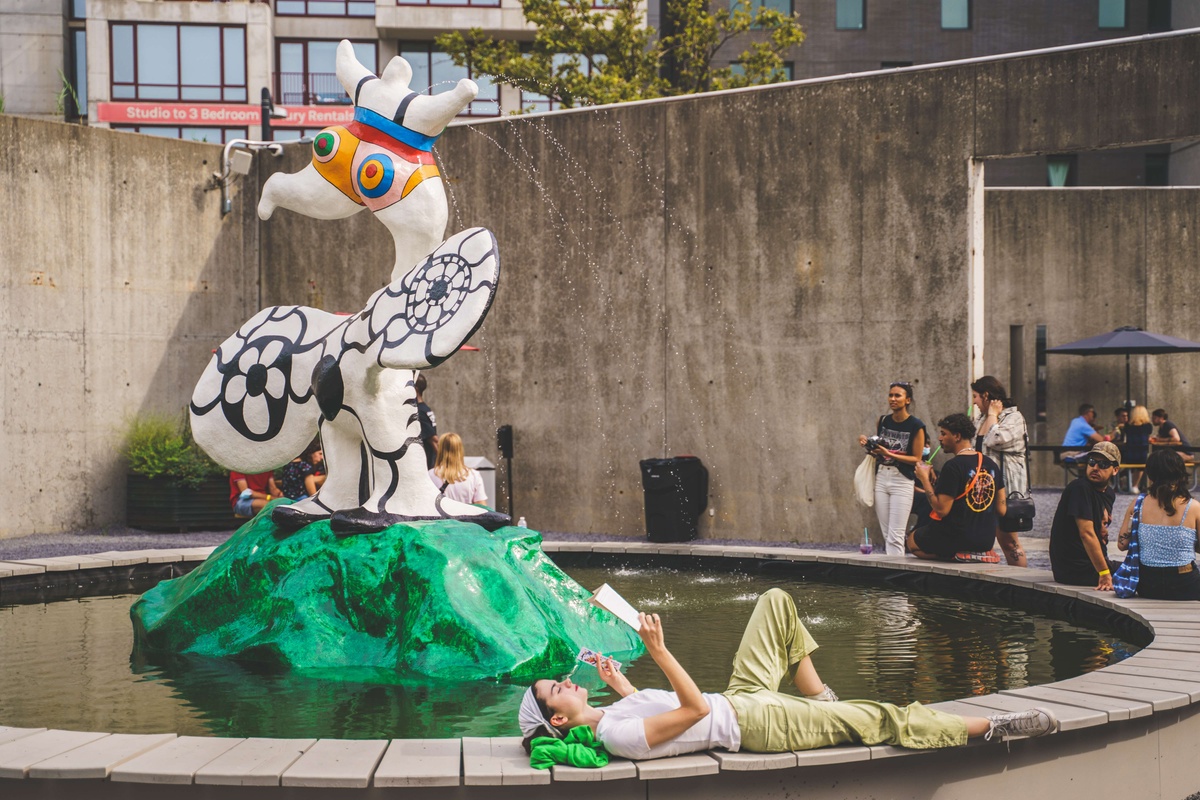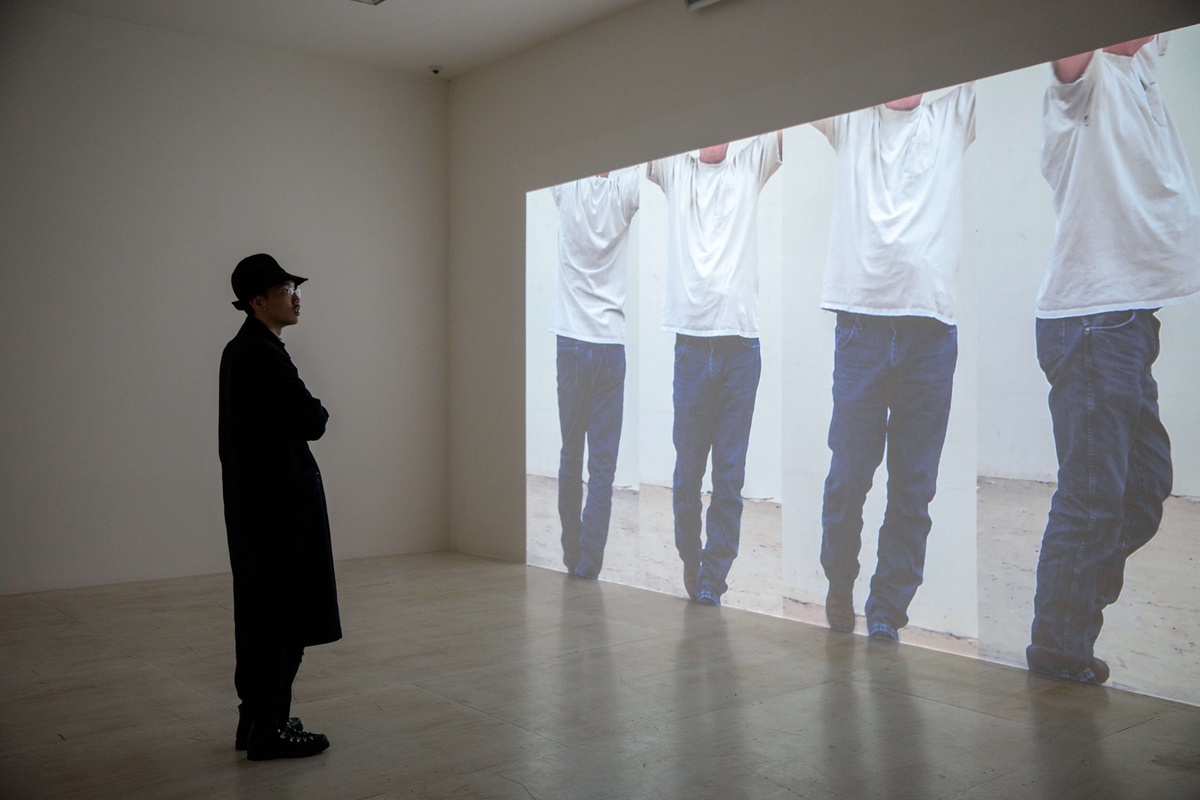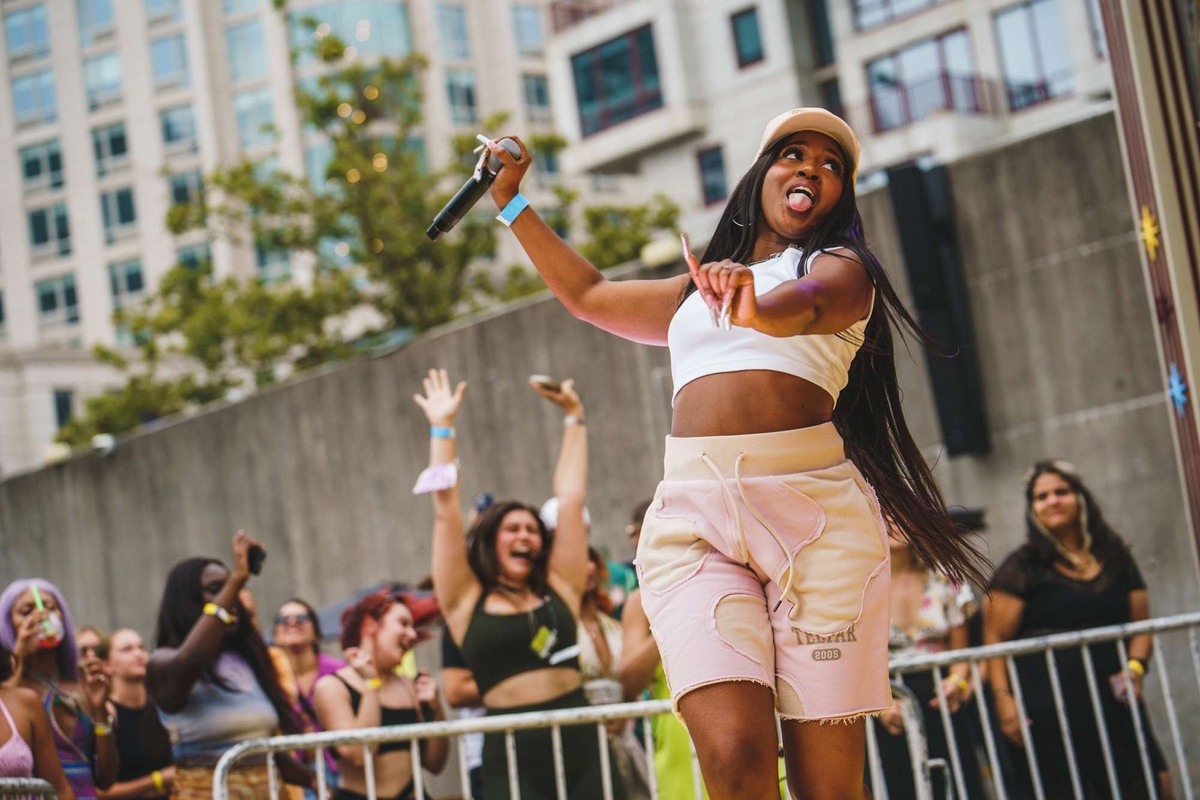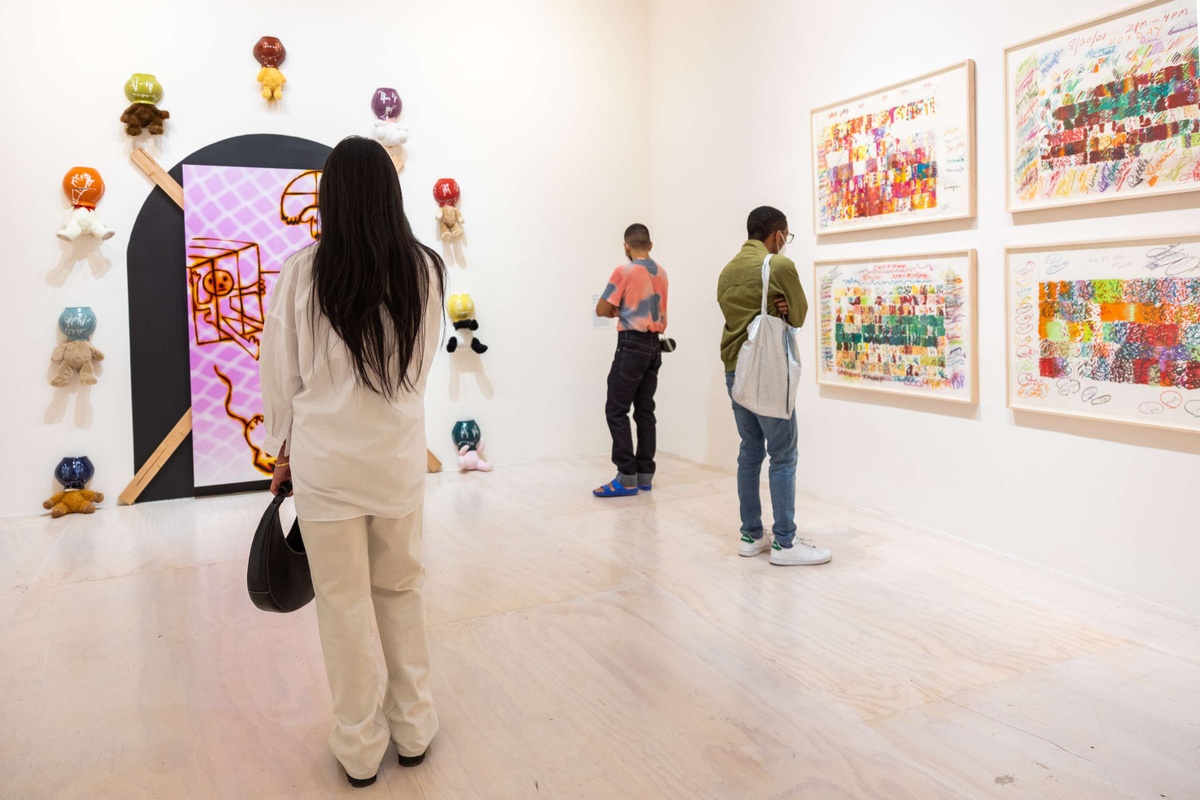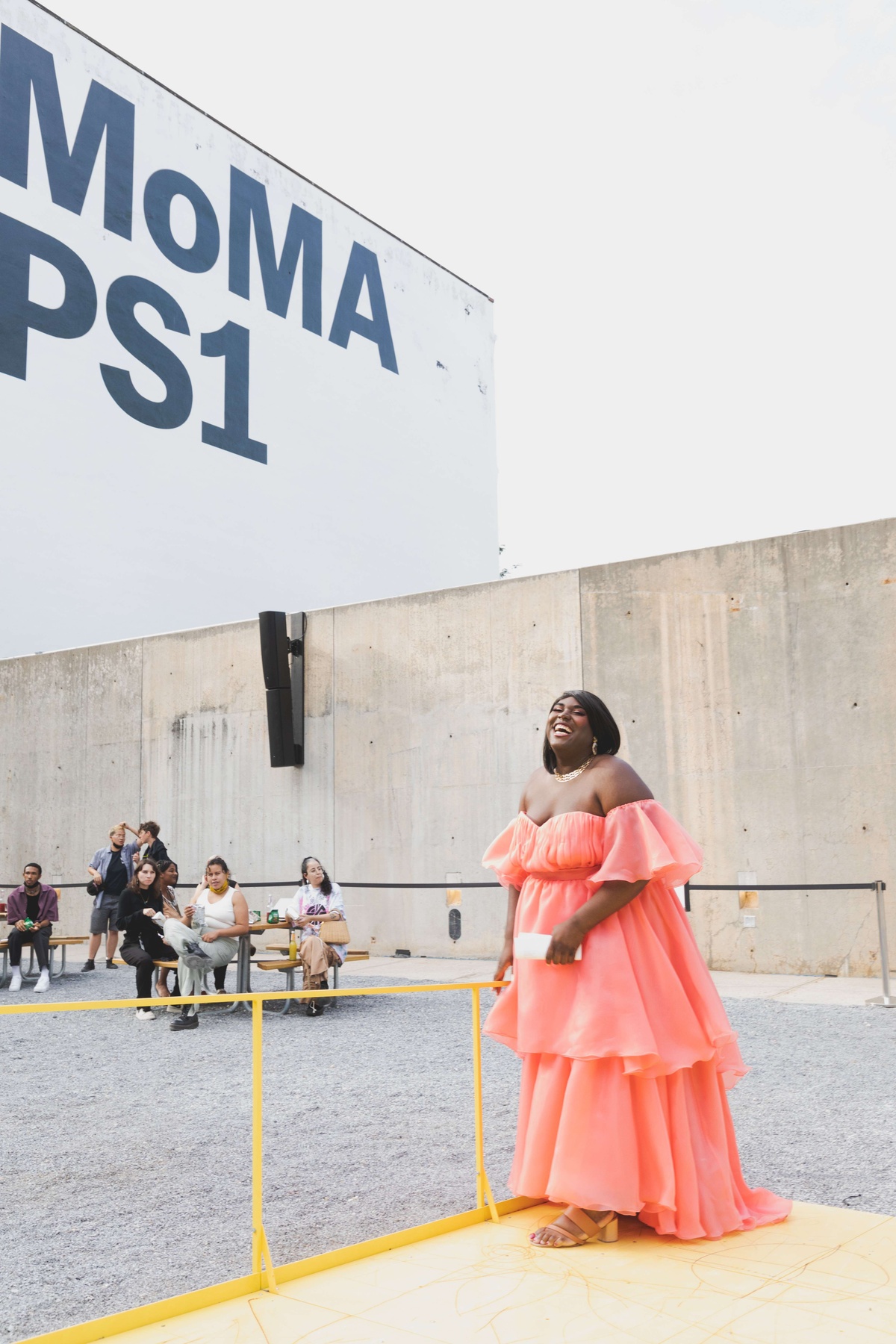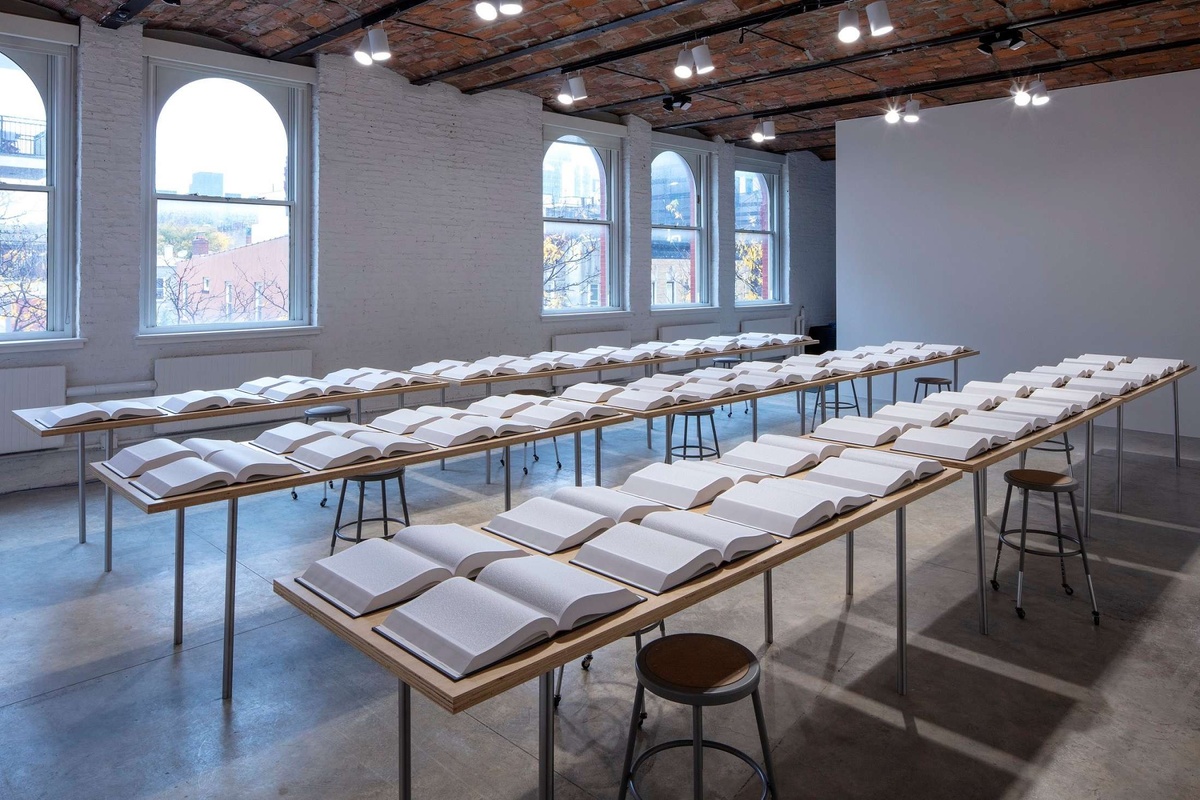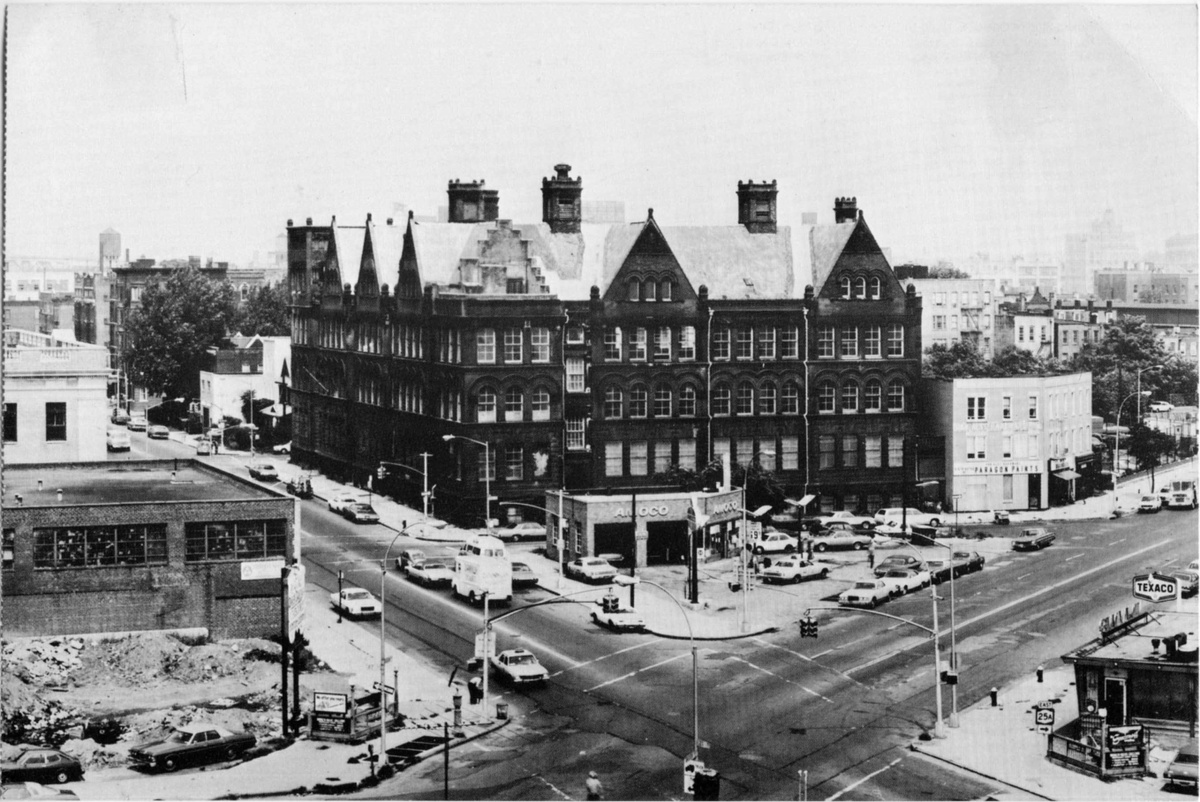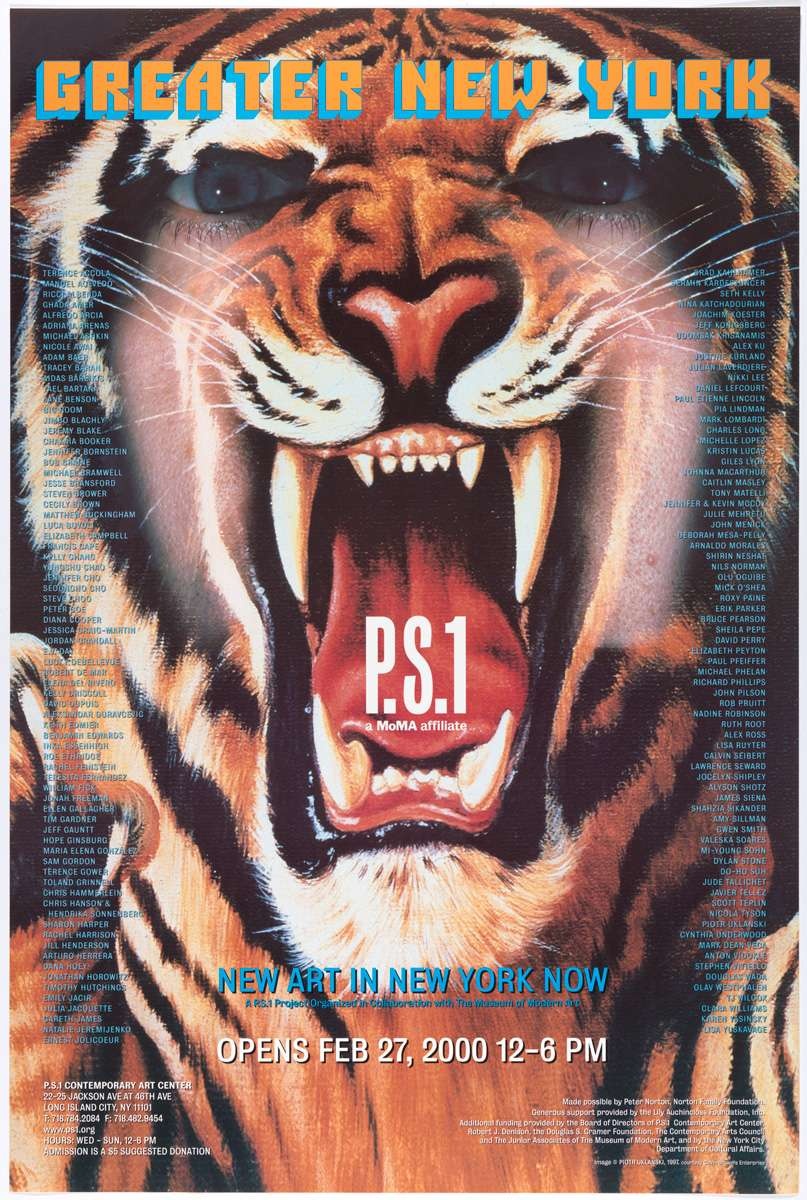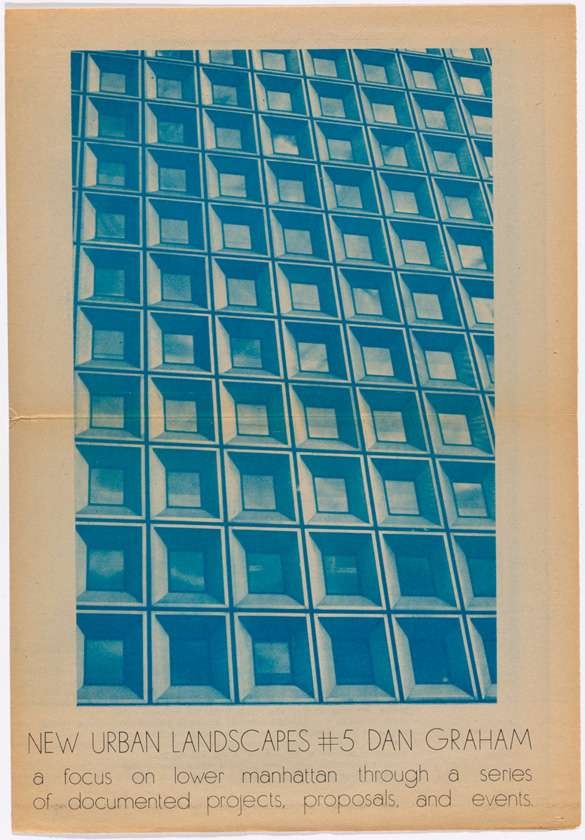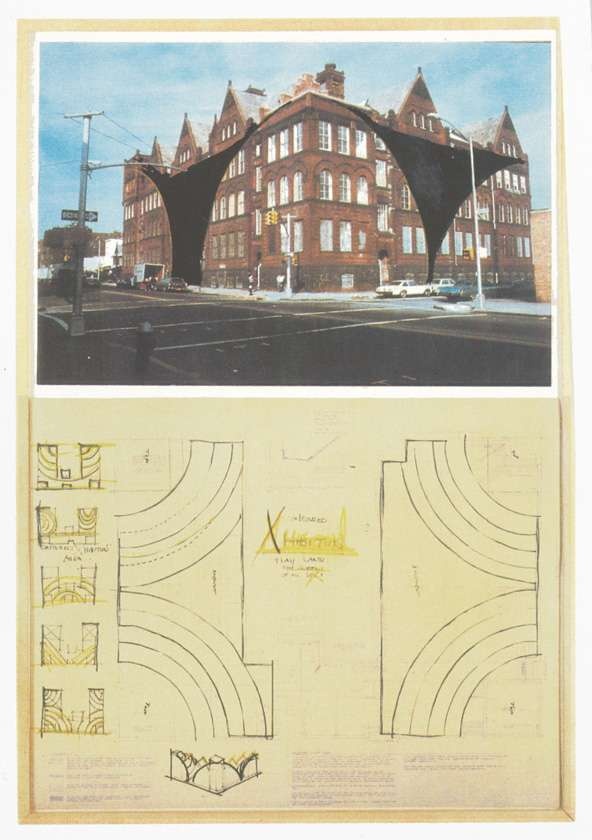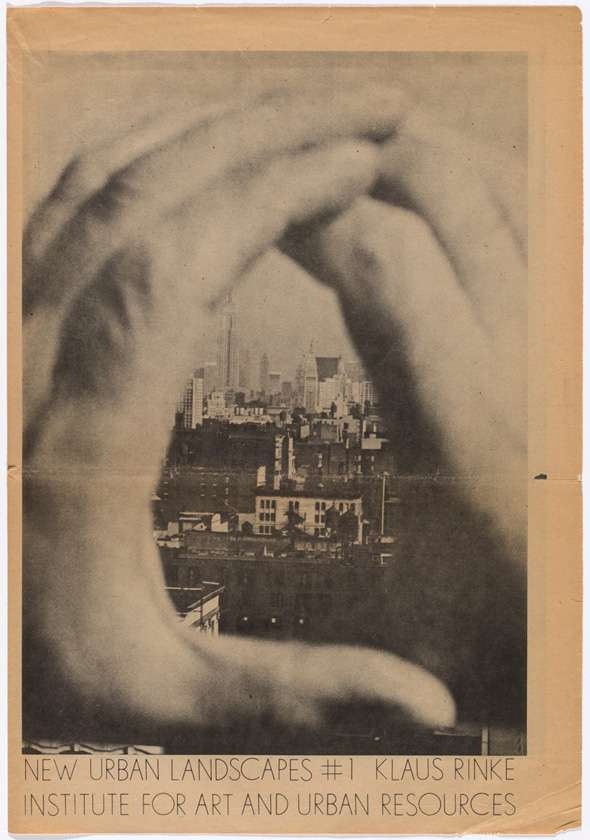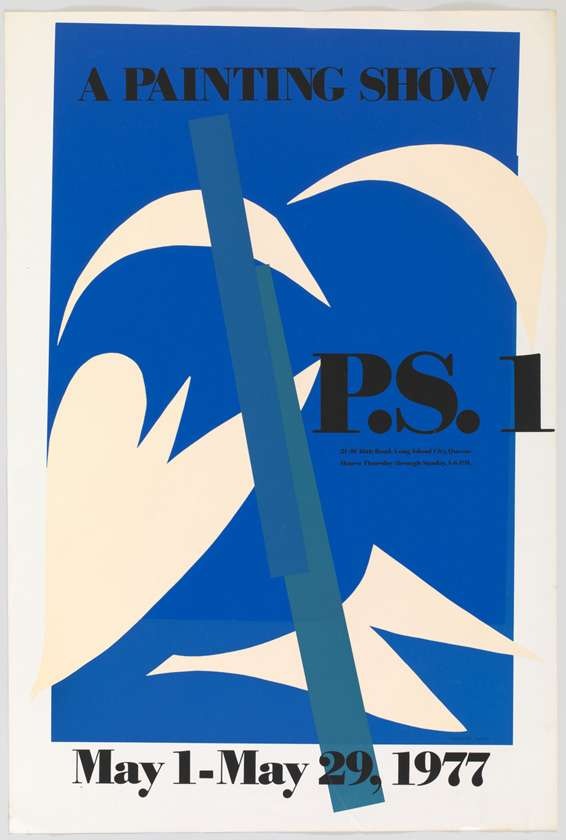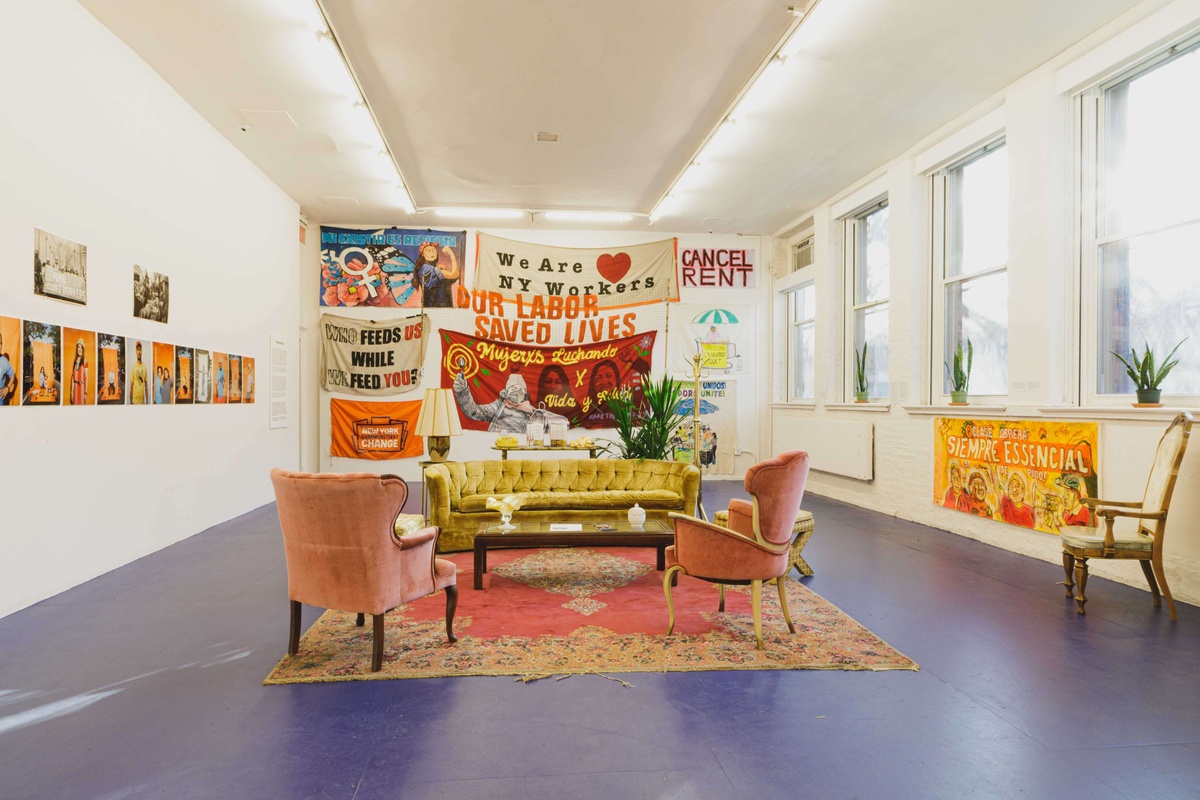Artist-centered and community-driven, MoMA PS1 embraces boundary-breaking ideas and experimental practices. A place where audiences can encounter and engage with new art and perspectives, the institution has offered insight into artists’ worldviews for nearly 50 years. Driven by a commitment to realizing artists’ visions, our programs explore the ways in which creative expression can inspire connection.
 Plan Your Visit
Plan Your Visit
History
Founded by curator Alanna Heiss, MoMA PS1 (originally known as P.S.1 Contemporary Art Center) was a defining force in the alternative space movement that gained momentum in New York in the 1970s. A rare example of this movement still anchored in its original site, PS1—a historic nineteenth-century public school building in the heart of Long Island City, Queens—has been transformed into a world-renowned place for artistic experimentation and creativity.
Located in what was once a thriving industrial enclave minutes from midtown Manhattan, PS1 has now become a cultural landmark in one of the fastest-growing, urban residential neighborhoods in the country. Decommissioned as a public school in 1963, the building was first secured from the city by the Institute for Art and Urban Resources Inc., a non-profit founded by Heiss in 1972 to provide studios and exhibition space in underutilized buildings across New York City.
In 1976, PS1 opened with the seminal Rooms exhibition, which was an invitation for artists to transform the building’s unique, expansive, and dilapidated spaces with site-specific installations. Over 70 artists activated the campus, which is a tradition that continues to this day with 15 artist interventions across the building that speak to its history as a site of experimentation and mark artists’ enduring presence on site. In addition to site-specific works, for 30 years PS1 ran a Studio Program that offered workspace to artists from around the world. While this program ended in 2004, artists and their communities continue to utilize spaces in the Museum for studios, meetings, and rehearsals.
Community partnerships and collaboration are also part of PS1’s DNA. Beginning in 1980, PS1 housed the Department of Cultural Affairs’ Materials Donation Program—a creative reuse initiative that provides the city’s arts nonprofits, public schools, and agencies with access to free materials—now known as Materials for the Arts. Since 1982, PS1 has been a member of the City’s Cultural Institutions Group (CIG) in partnership with the Department of Cultural Affairs—the first member focused on contemporary art. Today, PS1’s partnerships continue to forge ties in Long Island City and beyond—building long term collaborations with organizations such as The Fortune Society and The Studio Museum in Harlem with the aim of joining resources to support a wider range of artists.
To celebrate its affiliation with the Museum of Modern Art in 2000, one of PS1’s most ambitious projects—Greater New York—was launched and has taken place every five years since. The only ongoing survey of artists living and working in the New York City area, each iteration is curated by a team of MoMA and PS1 staff alongside guest curators. To date, more than 500 local, emerging, established, and under-recognized artists have been championed on this international stage.
Championing grassroots innovation, Sunday Sessions (started in 2009) commissioned and presented projects organized with NYC collectives, DIY spaces, and community organizations, from Black Radical Imagination and Other Music to Art + Feminism and Topical Cream. With time-based practices now integrated into PS1’s year-round programming, these performances, residencies, and events have grown to include more than 3,000 multidisciplinary artists, musicians, scholars, activists, and thinkers to date.
PS1’s idiosyncratic spaces have long had their challenges alongside their charm. In 1997, a campus-wide renovation included the creation of a large outdoor courtyard. Here, two signature programs launched: Warm Up summer music series (established in 1998) connects fans to innovative and experimental music; and the Young Architects Program (1999–2019), a collaboration with MoMA that invited architects and designers to create experimental public environments. In summer 2020—a time ripe with questions of gathering in an era of social distancing—PS1 embarked on a series of public facing and closed door programs centered around the courtyard to tackle critical questions around the role of cultural institutions and civic space, imagining new urban ecologies today. Furthering this commitment to steward public space, in 2021 PS1 partnered with NYC’s Department of Transportation to establish the 46th Avenue public plaza, an area in front of the Museum’s entrance that hosts an array of programming and provides opportunities for respite.
Community and Partnerships
At MoMA PS1 we understand community is not a monolith, but an ever-evolving constellation of local and international artists, organizations, and neighbors, gathering both in-person and online to address, problematize, and envision creative solutions to the most pressing issues of our times. We challenge the notion that New York City is a “melting pot” of identities and seek to engage diverse and even disparate points of view by offering and amplifying multiple perspectives through our programming. We operate from the belief that to be in community is to nurture non-agential collective action, while recognizing our positionality as a museum and community of cultural workers capable of leveraging our tangible resources in support of the many communities in which we coexist.
